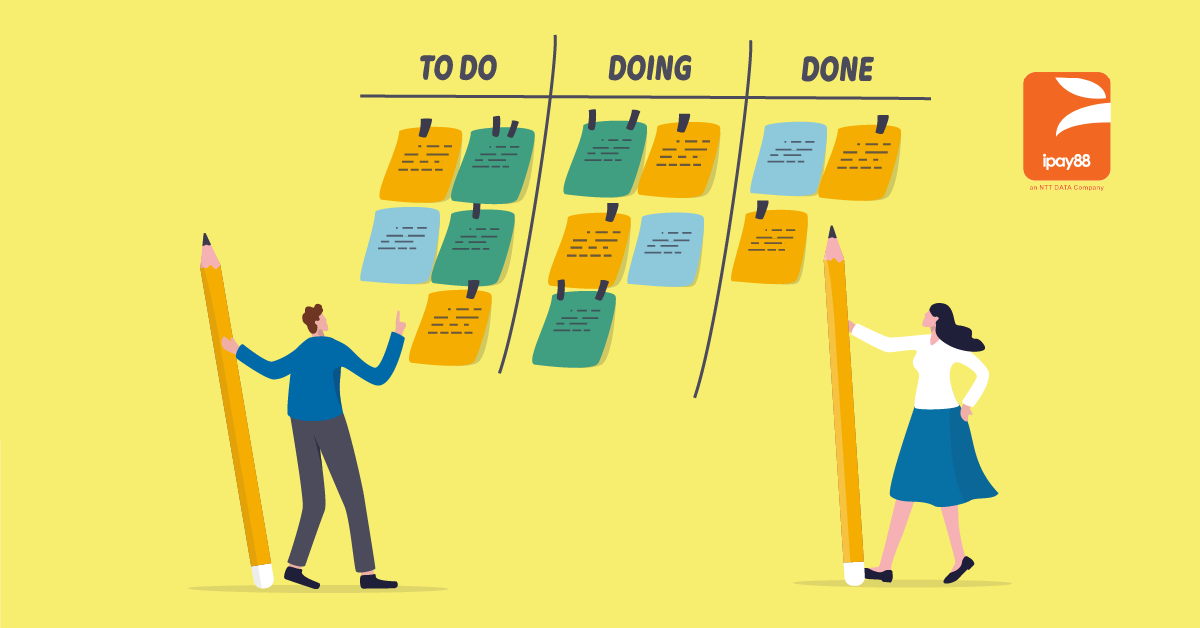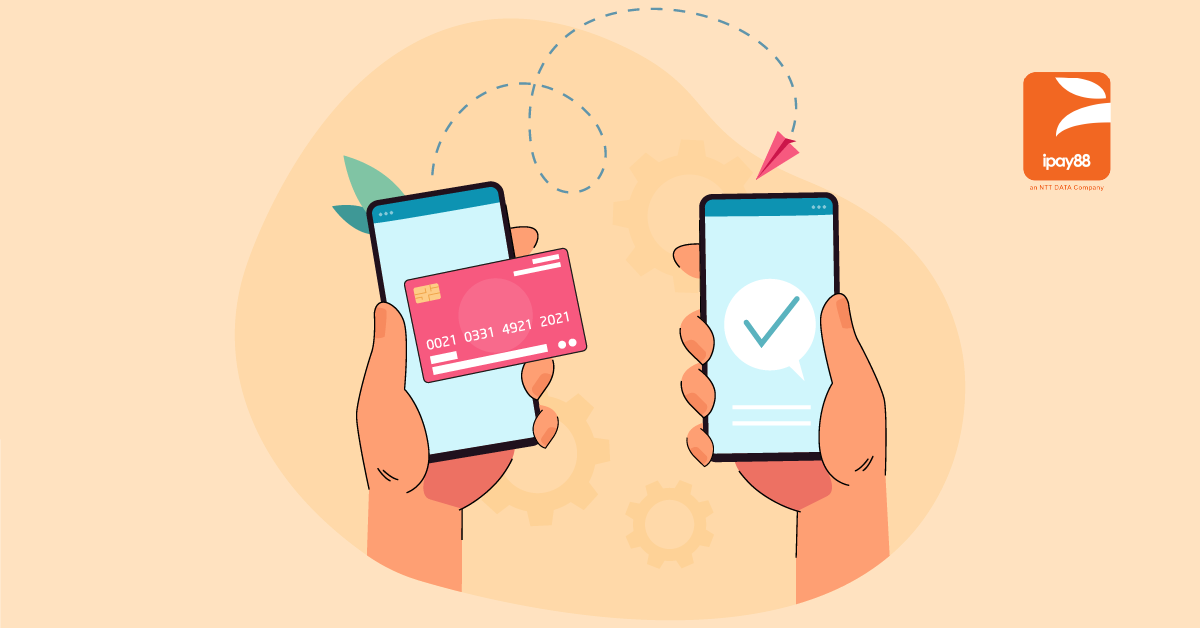Building an e-commerce site and business is not an easy task. It is crucial to have proper planning and resource management when we are setting up this type of business with a limited amount of capital.
How to develop an e-commerce business?
Developing an e-commerce business involves tedious processes and steps. However, we will try to compress and simplify this guide as much as possible from the bird-eye angle for ease of understanding.
Thus, we split this guide into 3 major stages to make it easier to follow as below;
- Define stage
- Development stage
- Acquisition stage
Now we have already moved on from the Define stage of building an e-commerce business, let’s continue into the next stage, the Development stage.
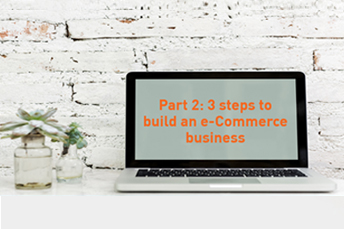
Create a brand identity
You can start creating a brand identity from these three items:
- Brand name and identity
- Brand slogan or tagline
- Logo
a) Brand name and identity
A brand identity helps to build customer loyalty and for people to recognize your business.
For example, iPay88 can be easily recognized by its audience, because of the orange color that is used, our tagline, and our logo, which are well recognized by the public and easily associated with our brand.
b) Brand tagline or slogan
The tagline acts as a brand trigger. You often see or hear these slogans, and you instantly associate the brand that they belong to.
For example, in iPay88, our tagline is “iPay88, because Trust Matters”. You need to make sure your tagline represents your brand’s essence.
The taglines are important because they position your brand in a particular industry that you are in and tell people who you are and what you stand for.

c) Logo
A logo could be a combination of text and visual that serves two main purposes. It tells people the name of the company and creates a visual symbol that represents your business.
You need to make sure that your logo is clear and easy to interpret because by being a new player in the market, you don’t have the years of brand recognition behind your back.
This is why you need to ensure that people are able to connect your brand logo with your product or service.
d) Save time, save money
You could always save tons of money by hiring a freelancer or an intern to help you design and create your company’s logo.
If you want to try it on your own, you could start designing your own logo with free design tools such as Canva.
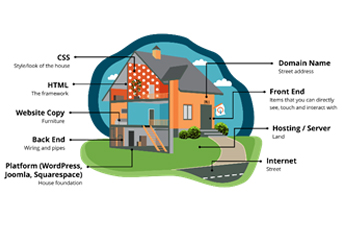
Set up website related items and create own website
You should register the following items to set up your e-commerce site:
- Business email
- Domain name
- Hosting an e-commerce store
- Payment gateway
a) Create business email
Before we start to set up all the items above, we need to have one business email. This business email will be used to set up accounts with various vendors for digital assets acquisition such as domain, hosting subscription, digital marketing tools, and more.
Using personal email instead of business email is not recommended for future proof, especially when we want to scale the business in the future.
You can set up this business email with Gmail, Yahoo, or any other provider in the market. Creating this business email never requires any expenses as it is free.
When choosing the email name, you may use your business name such as “yourbusiness@gmail.com”.
b) Purchase domain name
Domain names are used to identify particular web pages. For example, in the URL www.ipay88.com, the domain name is ipay88.com.
You need to make sure that the domain name you register is available and is not used by others. You can check the availability of your ideal domain name at Exabytes or Serverfreak.
c) Hosting an e-commerce site
Once you successfully acquire your business domain name, then you need to have a hosting. To achieve this, you may reach a hosting service provider such as Exabytes or Serverfreak. Their consultant will consult you on choosing the best hosting that suits your budget.
Once you acquire the hosting, you can start developing your e-commerce website either by yourself or with the help of your web developer. You might want to consider technical aspects before you build your e-commerce website.
Extra note: most hosting service providers do provide bundle packages of the domain and hosting. This benefits a lot as you will able to save extra dollars and manage your domain and hosting in one dashboard easily.
d) Integrate payment gateway
An e-commerce website is never complete without a function to perform transactions. This is where a payment gateway is required, a service to handle all the transactions between you and your customers on your website.
It is important to consider multiple factors before deciding which payment gateway to use on your website.
Fret not, iPay88 is a leading brand for payment gateway in Malaysia, providing multiple payment solutions for businesses for more than 20 years. You may refer to this guide on how to apply with iPay88.
e) E-commerce platform as alternative
For some people, setting up an e-commerce site from scratch is too much hassle, especially for people with no technical background.
Alternatively, you can use e-commerce platforms that provide every basic feature you need to run an e-commerce, including a payment gateway. You only need to purchase a domain name by yourself or through these e-commerce platforms.
Most of the e-commerce stores come in all-in-one solutions. It could simplify your business’s daily operations with access to all of the features an e-commerce website needs:
- Manage products and inventory
- Sell on multi-channels
- Customize your store-front
- Accept debit & credit card payments
- Track & respond to orders.
Here is a list of some e-commerce platforms that you may consider to use:
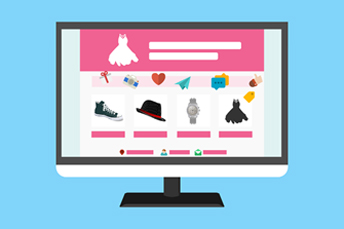
Create content for all key pages on your website
You should have the below as your basic content on the website:
- About us
- Product/service
- Contact us
- Shipping information
- Privacy policy
- Terms & conditions
- Payment methods
- Return & refund policy
BONUS: Have a blog and FAQ section on your website to drive traffic organically via search engines.
a) Leverage on the power of search engine
If the blog and FAQ section is done right, it can be an effective addition to your website, in the following ways:
- Improving SEO and site navigation,
- Saving your customers’ time by providing potential answers to common questions whether in one place or in your content,
- Reducing your support workload by potentially preventing customers from needing to contact you,
- Helping you to build trust within your target audience.

Create a newsletter
As we are in the digital age most people prefer email. Email newsletters are more cost-effective, almost arrive instantly to the user inbox, and are easily tracked.
For example, you could subscribe to our newsletter to receive the latest e-Commerce news and promotions.
a) Create content based on your customer journey
You should plan and create content ahead and schedule it for your newsletter, align it with your customer journey. Some types of content that you should consider are:
- Subscriber’s welcome email
- First-time buyer with a discount code
- Festive season promotion
- Unsubscribe email
You might want to check out the email marketing myth before you start creating your newsletter series, to reduce any mistakes during the development stage.
b) Utilize tools for content creation and marketing
In the market, there are lots of tools to assist you in running your e-commerce business. This is where your business email can be utilized for the tool’s account creation.
For instance, in crafting newsletter content, you could use many tools for the creation and dissemination of a newsletter. To name a few:
Create and optimize social media account
Brands often use social media to advertise, increase their online presence, and deliver high-quality customer service. It helps you to engage better with your target customers and the market.
You can always start by creating a social media site for your business. There are many ways you could use social media such as to get customer reviews, run a promotional campaign, or upload video tutorials.
Another point that needs to be emphasized when creating social media is optimizing the social media account. This is very important for multiple factors, one of which is for the ranking on the search engine.
It is recommended to ensure all fields on the social media account are filled in with relevant and accurate information about your business, such as your business contact, website, and others.
a) Social media for marketing
Some of the popular social media sites that you can use for your business are:
- YouTube
- Twitter (now known as X)
- TikTok
Utilizing social media for your business will bring forward lots of advantages that you should not miss out on, especially when you are running a campaign and looking to reach a wider audience.
Get ready to the next stage
Thus that concludes the development stage on how to build an e-commerce business. Once you review the readiness of your creation, let’s head to the next stage which is the Acquisition Stage of building an e-commerce business.

